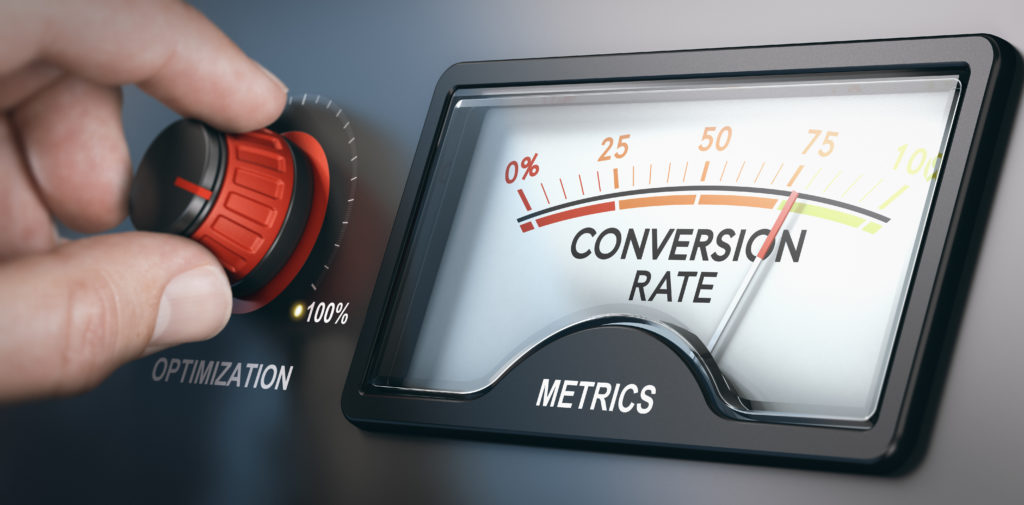Web Development
3 Steps To Determining Your Website’s Conversion Rate


Website traffic is great, but it means nothing without conversions. Your conversion rate is a measure of the number of potential customers that go on to buy. It means a lot when a website has a high conversion rate as part of digital marketing. Improving a website conversion rate can be relatively simple. But how do you make it? Here are the steps to determine.
Contents
Understand why you need conversion
Typically, when it comes to measuring website success, we look at our total number of visitors per month. If you have not updated your website or changed its design in a while, you might be finding yourself in a fix. Users might lose interest, or get turned off by a rogue element or two. If you already have people visiting your site, improving your conversion rate gives you a tangible way to boost key business metrics. When your site has a high bounce rate, Google tends to lower your organic search ranking. What you need is a heat map to understand how your visitors interact with the web page. You can check if your visitors behave the way you expected them to. Instead of focusing marketing efforts on generating more and more traffic that may not convert, focusing on conversion rate optimization enables you to improve your performance over time.
Figure out what you want to measure
The only way to know for sure how effective your website is at converting visitors into customers is through analyzing website metrics. Without website metrics, your website marketing strategy becomes more of a guessing game, which can lead you to waste time and money on tactics that just are not working. What exactly do you want your visitors to do when they arrive in your website? These are some basic to measure as you get started. As you get more comfortable working with your conversion rate, you can get more sophisticated and segment your data to give you even more insight.
Track your conversion rates
Measuring conversion rate is much simpler than more people realize and can be done using a tool that most of us are already familiar with, Google Analytics.
It is important to have a diverse number of sources for incoming traffic. The three primary source categories are:
- Direct visitors – the ones that visit your site by directly typing your URL in their browser address bar
- Search visitors – the ones that visit your site based on a search engine results
- Referral visitors – the ones that visit your site as a recommendation or mentioned from another site or blog
The three sources are very important and have varying levels of conversion, so you should calculate how much each traffic source is converting and deal with them individually. The way a first-time visitor interacts with your site is very different from how a returning visitor interacts. To improve first-time visitors conversions you have to isolate it from the conversion rates of your loyal or returning customers and determine what they see when they visit the website for the first time and how you can improve that experience.
